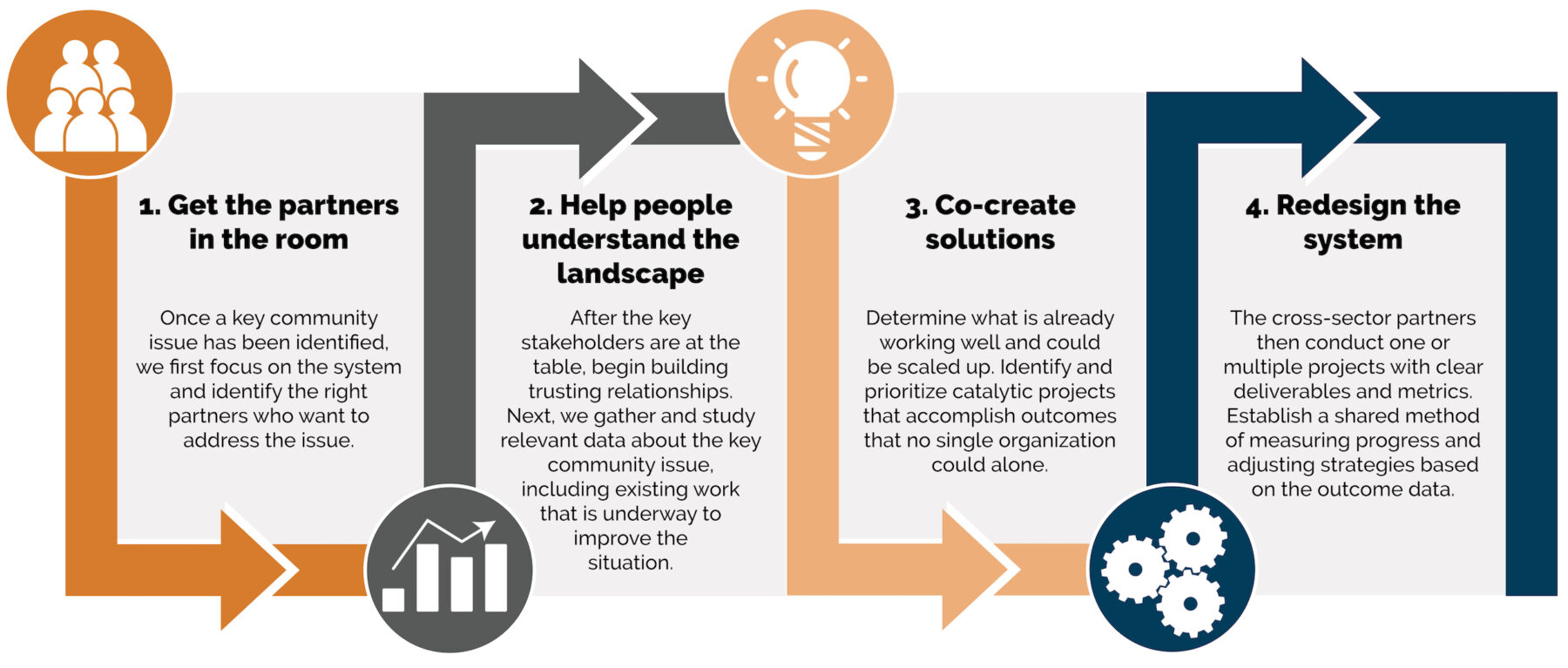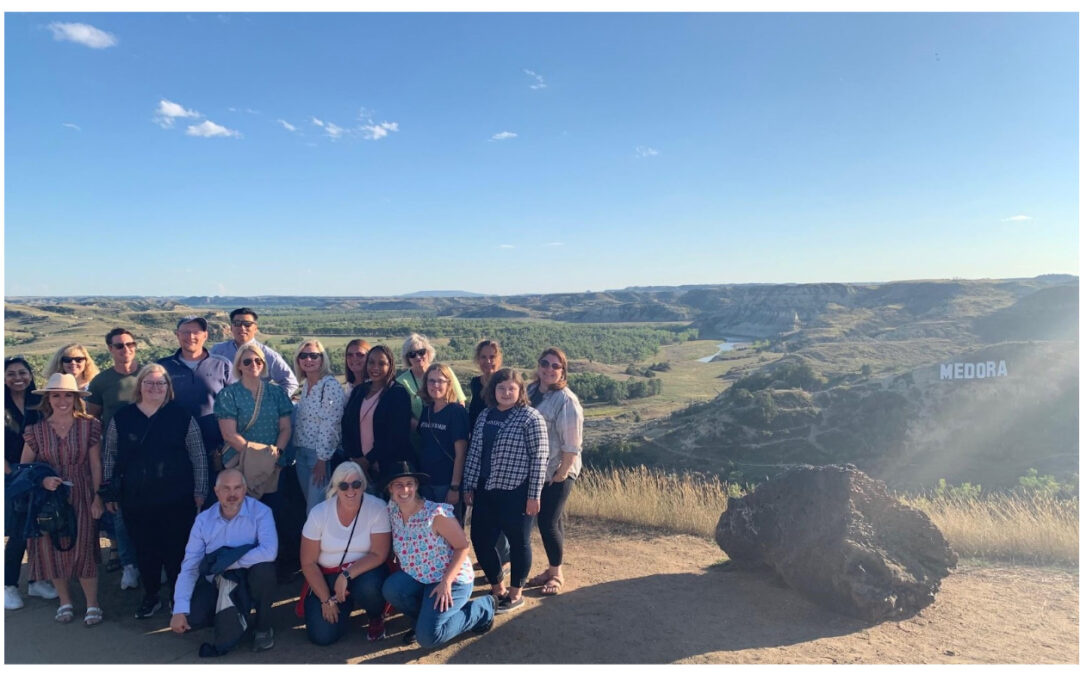 First published six years ago and recently revised and updated, a “go-to” read for nonprofits is Forces for Good: The Six Practices of High-Impact Nonprofits. The book teaches that becoming a high-impact nonprofit is not just about building a stand-alone organization that delivers excellent service; high-impact nonprofits work with and through organizations and individuals outside themselves to create more impact than they ever could have achieved alone. The authors believe that we are doomed to continue with slow, incremental social change without more nonprofits, businesses, and government agencies following these six practices to achieve maximum impact.
First published six years ago and recently revised and updated, a “go-to” read for nonprofits is Forces for Good: The Six Practices of High-Impact Nonprofits. The book teaches that becoming a high-impact nonprofit is not just about building a stand-alone organization that delivers excellent service; high-impact nonprofits work with and through organizations and individuals outside themselves to create more impact than they ever could have achieved alone. The authors believe that we are doomed to continue with slow, incremental social change without more nonprofits, businesses, and government agencies following these six practices to achieve maximum impact.
Similar to our discussion of the Good to Great principles for creating sustained impact, research from Forces for Good shows that the practices of high-impact nonprofits revolve around the following six organizational pillars:
1. Serve and Advocate: All high-impact organizations bridge the divide between service and advocacy. A nonprofit’s grassroots work helps inform its advocacy, making government policy and legislation more relevant. Advocacy at the state and national level can help a nonprofit replicate its model, gain credibility, and acquire funding for expansion.
2. Make Markets Work: No longer content to rely on traditional notions of charity or see business as an enemy, these nonprofits find ways to work with the business community and help companies “do good while doing well.” They influence business practices, build corporate partnerships, and develop earned income ventures such as fee-for-service to achieve social change on a grander scale.
3. Inspire Evangelists for the Cause: High-impact nonprofits build strong communities of supporters who help them achieve their larger goals. As we discussed in our recent blog on getting nonprofit boards engaged, high-impact nonprofits value volunteers, donors, and advisers for their time, money, guidance, and evangelism.
4. Nurture Nonprofit Networks: High-impact organizations help their peers succeed, building networks of nonprofit allies and devoting remarkable time and energy to advancing their fields. Whether they have formal or informal affiliates, all these nonprofits help develop their respective fields through collaboration rather than competition. They share financial resources and help other nonprofits succeed.
5. Master the Art of Adaptation: High-impact nonprofits are exceptionally adaptive, modifying their tactics as needed to increase their success. Along the way, they’ve made mistakes and have even produced some flops, but adaptability has allowed them to sustain their impact. This is similar to the create-measure-learn cycle we discussed, which Lean Impact nonprofits use.
6. Share Leadership: Successful nonprofits distribute leadership within and throughout their external networks, empowering others to lead. Leaders of high-impact nonprofits cultivate a strong second-in-command, build enduring executive teams with long tenure, and develop large and powerful boards.
The 12 original high-impact nonprofit organizations were Feeding America, The Center of Budget and Policy Priorities, City Year, Environmental Defense, The Exploratorium, Habitat for Humanity, The Heritage Foundation, National Council of La Raza, Self-Help, Share Our Strength, Teach for America, and YouthBuild USA. What high-impact nonprofits do you think fit these six criteria?
We developed this summary of the six practices of high-impact nonprofits from an article in the Stanford Social Innovation Review. When a nonprofit applies these six practices simultaneously, it creates momentum that fuels further success. Do you need help determining how to apply these practices to improve your organization’s impact? Contact Transform Consulting Group today for a free consultation!





